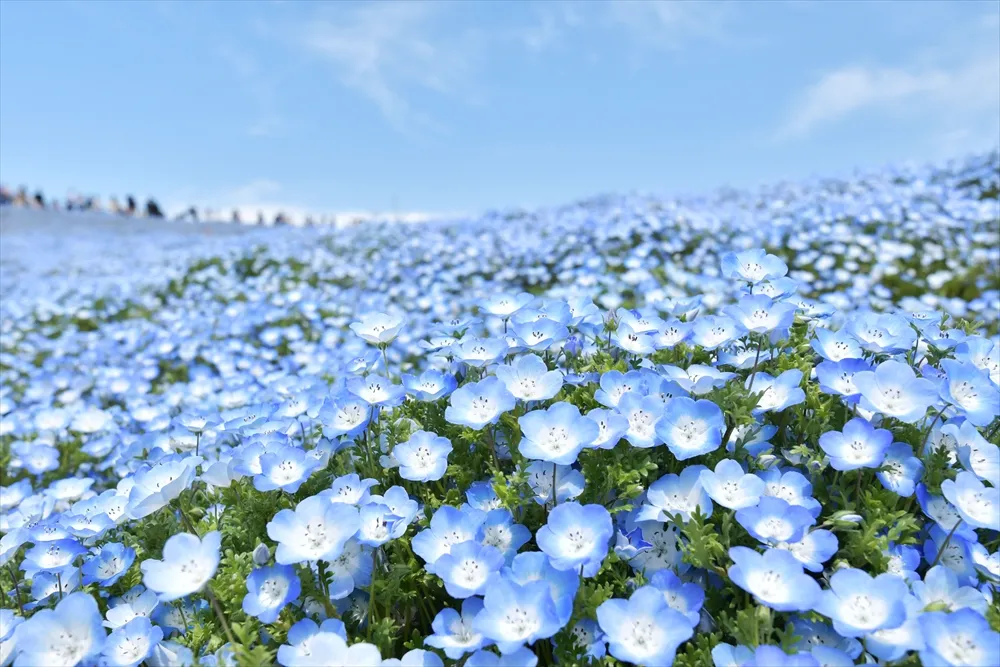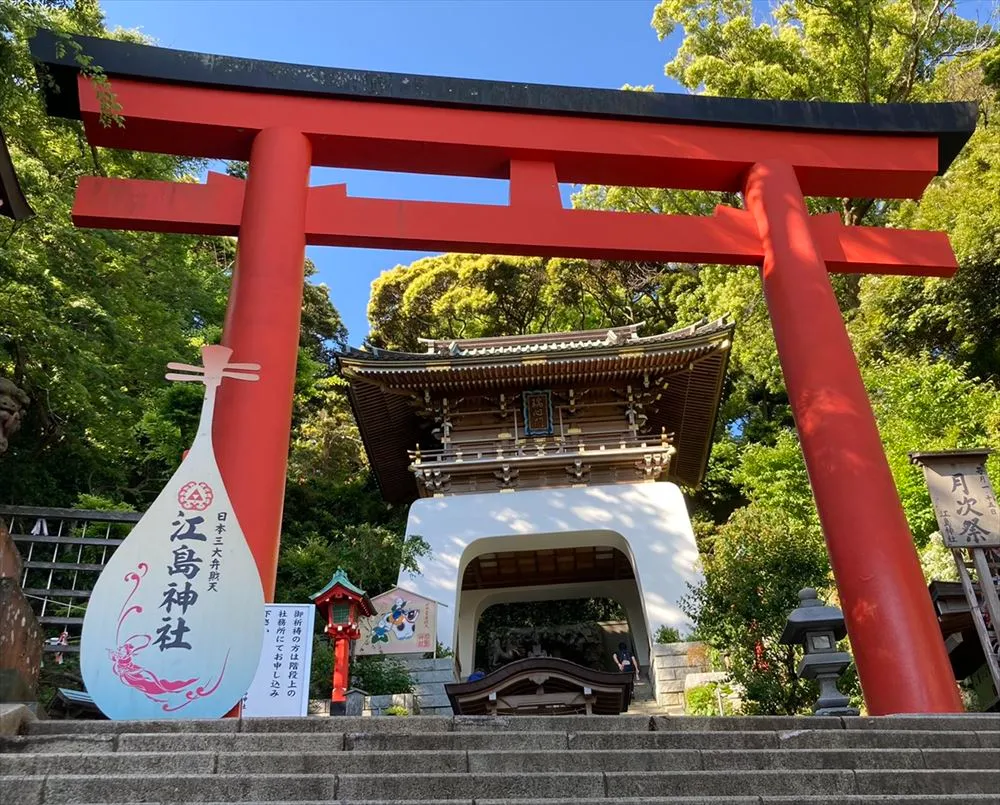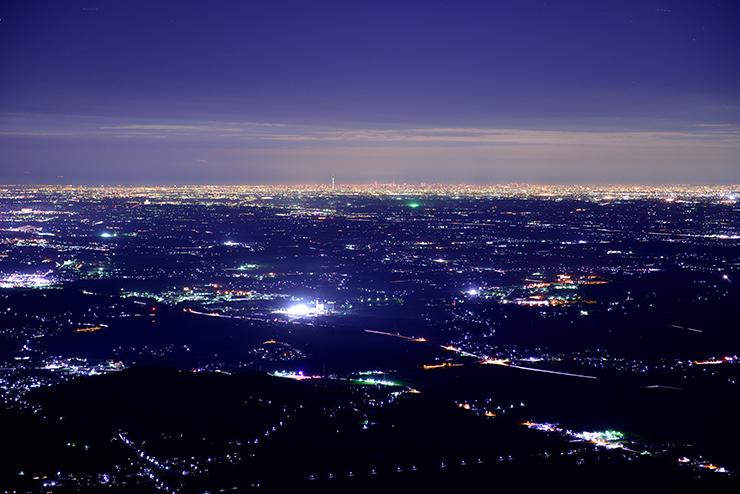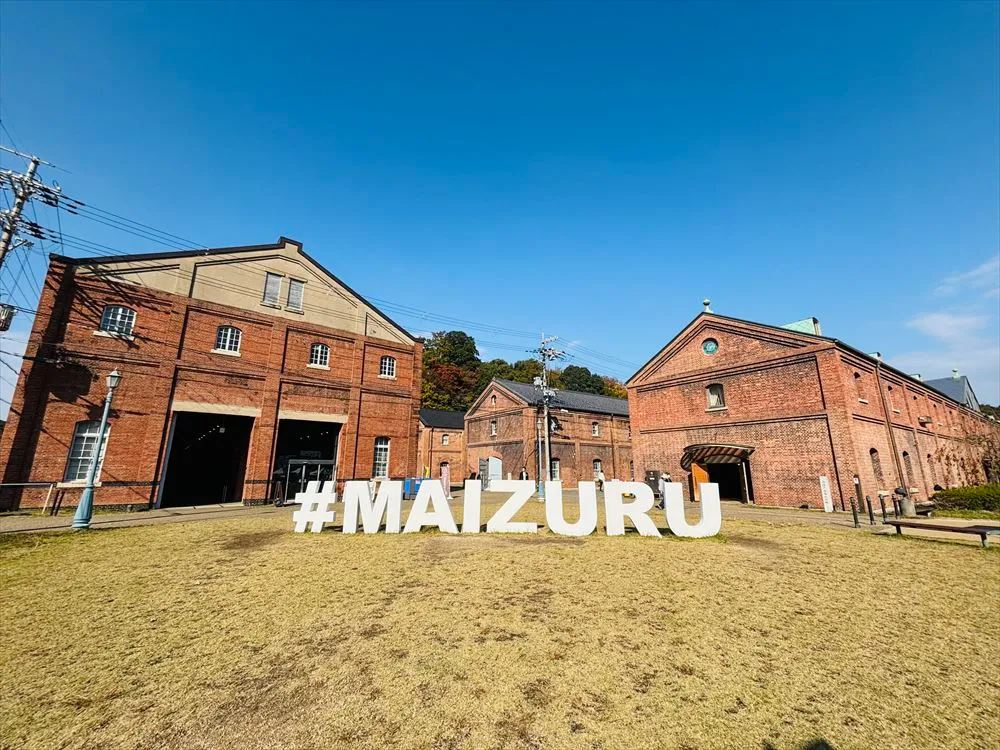Mito in Ibaraki Prefecture is a place that has exercised significant influence on the trend of the times from the early modern era down to the present day. We joined a tour to see this for ourselves. (The tour was conducted on Oct. 21, 2018)
A History-Themed Sightseeing Trip to Mito
A History-Themed Sightseeing Trip to Mito

In the morning, we listened to a presentation by the U.S. Yale University Postdoctoral Researcher Michael Thornton, themed “The Meiji Restoration and Mito from a point of view of research activities in the U.S,” in which he presented the history of Mito from the end of the Edo period (19th century) to the Meiji era (1868-1912) to the present day. 
We learned a lot about the role of the Mito domain and also about the role of Mitogaku (scholarly historical studies in the Mito domain) in the Meiji Restoration, which was a kind of revolution, and the study of Mitogaku as history of thought as well as political history. 
Speaking of Mito, it is famous for being the domain of the Mito branch of the Tokugawa Clan during the Edo period. The 2nd lord of the domain, Tokugawa Mitsukuni (1628-1700, also known as Mito Komon), enjoyed longevity of 73 years in an era when the average life expectancy was 50 years. Based on the concept of “ishoku dogen” (a balanced diet leads to a healthy body), it is said that he basically ate “ichiju sansai” (one soup and three side dishes) with many seasonal vegetables, and adopted traditional Chinese medicine. Now, following his basic thinking and adjusting the original ingredients a bit to suit the taste of the present generation, “Komon Ryori” is reproduced in Mito.
Nine restaurants in Mito City serve Komon Ryori. On this visit we ate lunch at Tosuian on the lakeside of Lake Senba, close to Kairakuen Park.

Komon Ryori Lunch, 3,500 yen (tax not included), reservation required
An assortment of eight kinds of appetizers themed with “longevity”
Sashimi and yuba produced in Taishi (Ibaraki Pref.)

Deep-fried minced fish and natto wrapped with nori seaweed and deep-fried minced shrimp
Eat with ume-shio (salt with plum vinegar), which is a beautifully pink-colored salt.

Main dish: pork shabu-shabu with ume dipping soup
A plum is topped on the ingredients and you eat mixing the meat and plum in the soup. The mildly sour flavor matches well with the pork and vegetables.

Rice cooked with chestnuts and Japanese pickles
The chestnut is a representative food of autumn.

Warabimochi (pudding made from bracken starch) and yokan (azuki-bean jelly) served with Okukuji tea
The yokan is made from azuki beans and chocolate.

In the afternoon, we went to Kairakuen Park. This is a park built by the 9th lord of the domain, Tokugawa Nariaki (1800-1860). Facing to Lake Senba, it is one of the Three Major Gardens of Japan along with Korakuen (Okayama Pref.) and Kenrokuen (Ishikawa Pref.). Different from Korakuen and Kenrokuen, whose concept was “a garden” for lords to enjoy it by themselves, Kairakuen’s concept was “a park.” Tokugawa Nariaki aimed to make this a place open to common people, not only to lords and retainers. 
Passing through the main gate and Ichi-no-kido (1st door), we entered the “Yin World,” a dark and quiet area where bamboos, cedars and Kuma bamboo grasses grow. Proceeding along the path, Kobuntei appeared and we reached the “Yang World,” an open and light area. Kairakuen was built to reflect the spirit of Nariaki’s teaching that human beings should train themselves to balance body and mind with regular alteration of stretching and bending and relaxation exercises, which is based on the principle that all things are soundly nurtured with a harmony of the opposite essences of the yin and yang. 
Kobuntei is a building designed by Tokugawa Nariaki himself. 
The View from the 3rd floor of Kobuntei is exceptionally fine. 
While Kairakuen is famous as a place to see fine plum flower views, you can also enjoy various other flowers, such as cherry blossoms and bush clovers, in every season. 
Kodokan was the former Mito domain school, established by Lord Tokugawa Nariaki and one of the largest Han schools (domain schools) in Japan in that era. It gave equal weight to both scholarship and martial arts.

Copies of Dai Nihonshi (Great History of Japan) are on display. Dai Nihonshi is a series of books on the history of Japan, which Tokugawa Mitsukuni began and the compilation of which continued for 250 years even after his death.

Later we visited Kaiten-jinja Shrine, in which patriots of Mito are enshrined, Tokiwa Public Cemetery, where prominent figures of Mito are interred, and Okashi Museum, which has a large display of okashi (sweets) from Mito.
With wonderful scenic views, not only in the plum flower season in early spring, Kairakuen is a good place to visit in other seasons as well. The healthy Komon Ryori is recommended, too. This was a great historical tour of Mito!








